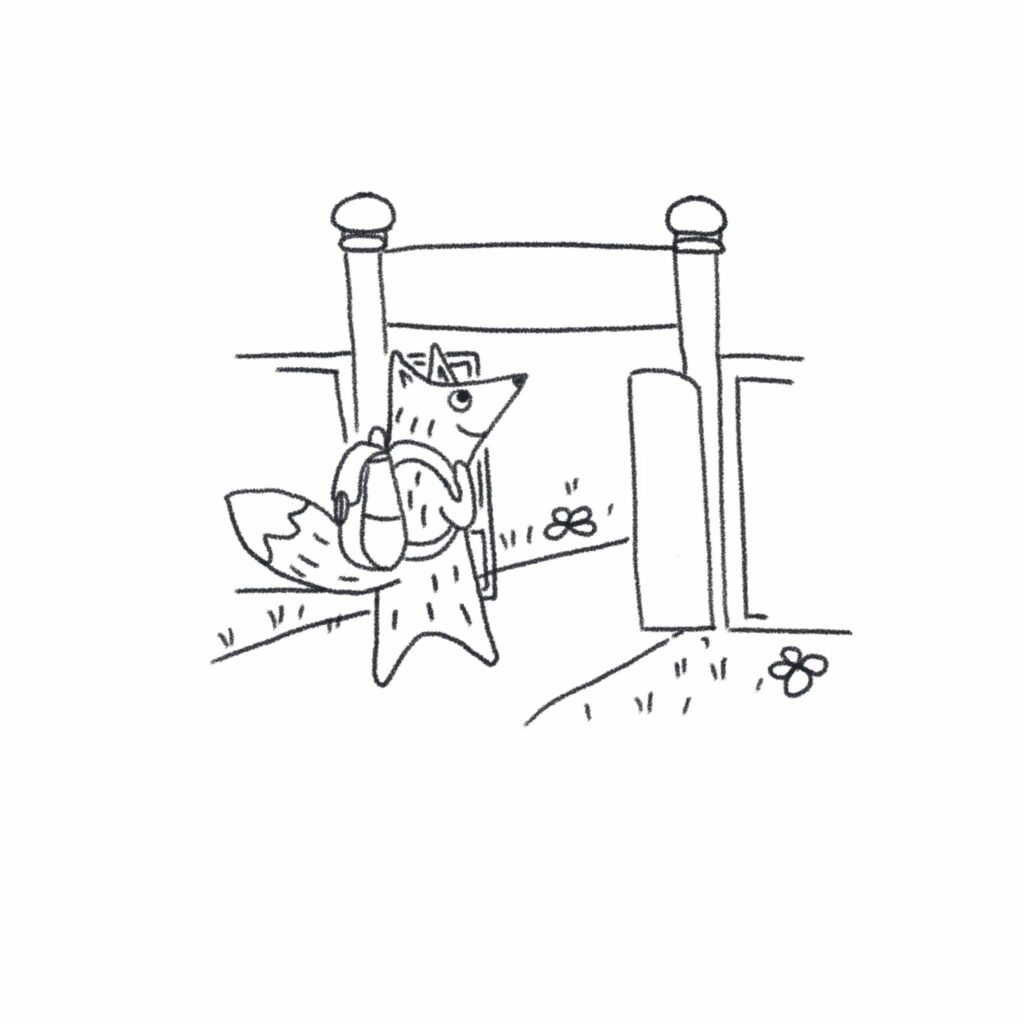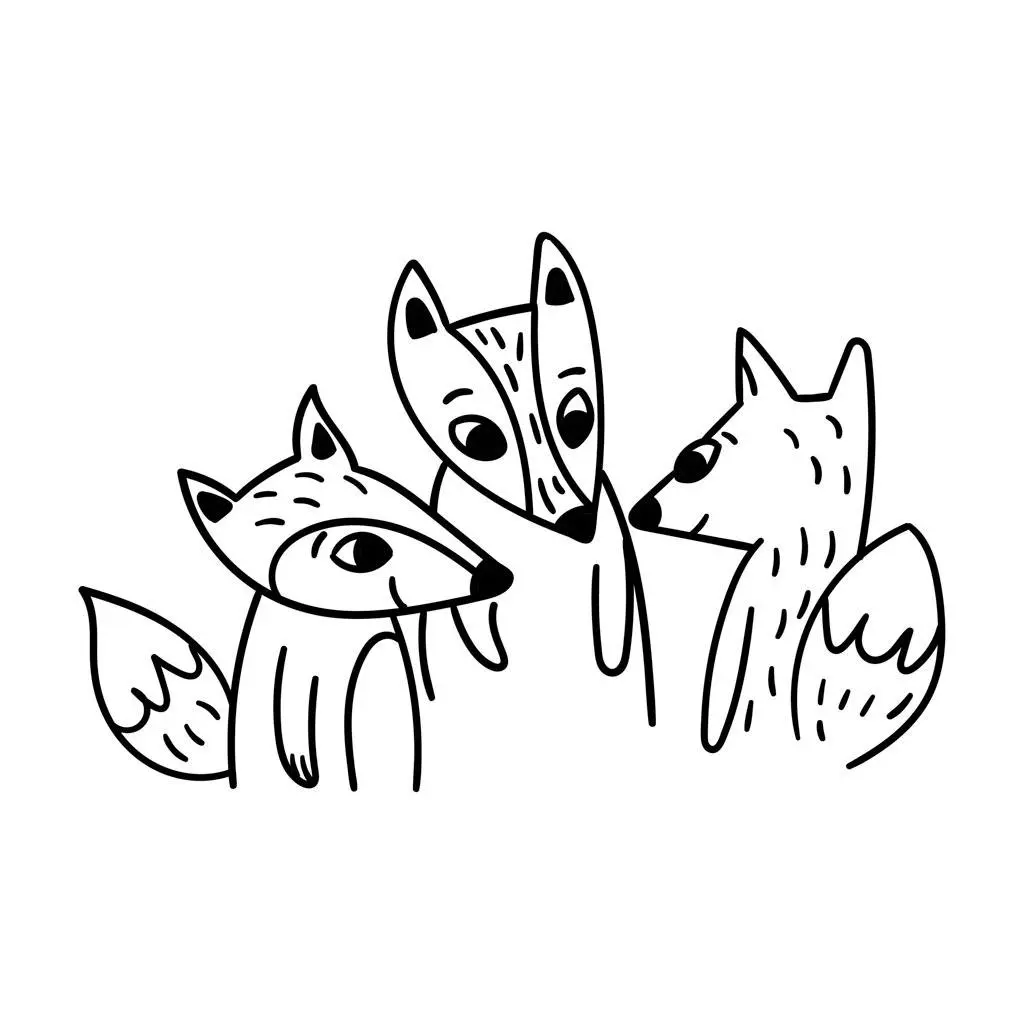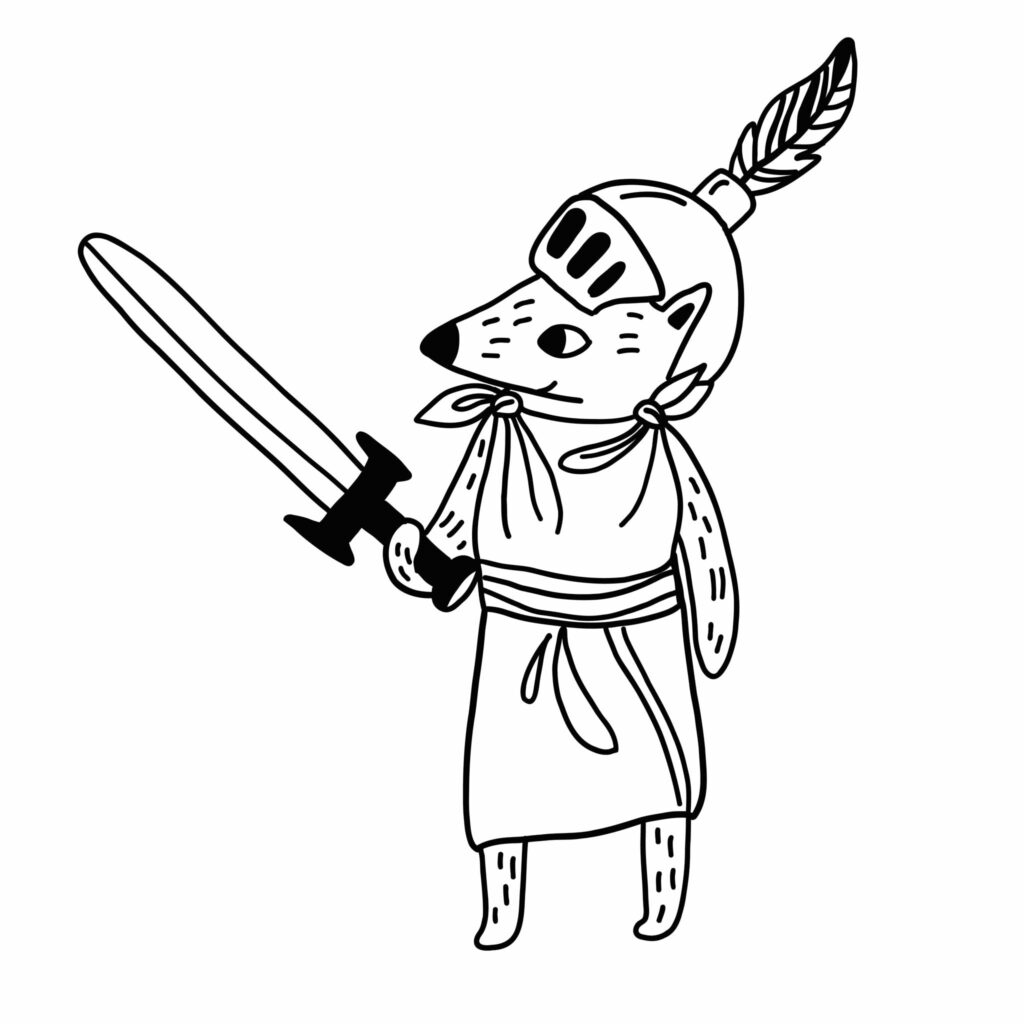Animal figures are a perennial favourite. When children are learning to talk they are a great way to explore sounds and noises. As they get older, they can become part of small-world play and form the basis of hundreds of adventures, imagined and real.
Playing with toy animals provides a structure to children’s small world play. Animals are often associated with certain habitats and behaviours. Exploring through play the relationships between animals allows the child to explore power dynamics between individuals and groups, young and old, strong and weak.
Toy animals are also often used to express feelings that are buried or that the child knows are unacceptable to act upon, e.g. jealousy felt towards a new baby. This kind of play helps the child to work through her emotions, to explore both the process and consequences.
You don’t need many animals to have a collection rich in story-telling possibilities – some ‘goodies’, a ‘baddie’ and a hero. To maximise play value, choose animals with distinct characters such as foxes, mice and goats. Think of the adventures you could have with a wolf, a lamb, a donkey, an owl and an ox. When combined with regular reading, especially traditional tales, the creative possibilities are endless.




